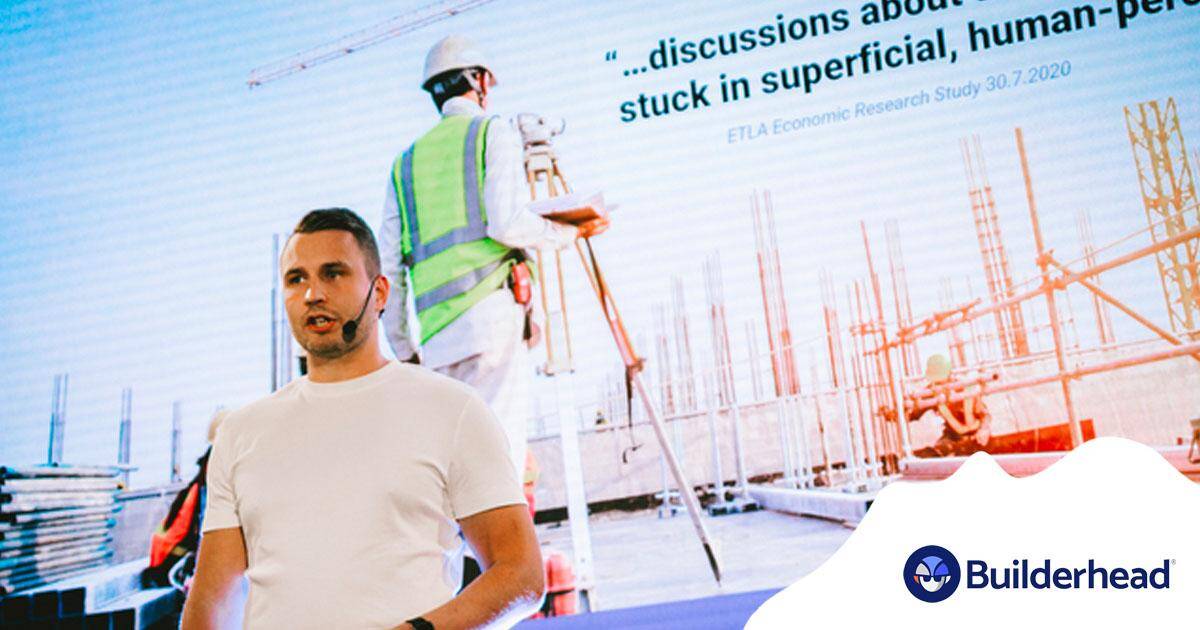
Delays, errors, and other quality issues are standard topics on various news about the construction business. Recent years have shown that, at worst, the failure of an individual project can take the whole construction company to the brink of bankruptcy.
We say that quality is the key to success. However, what does the quality mean? The quality can be viewed from many perspectives. The house buyer is focucing on materials, and overall looks of the building as well as staying on schedule. A construction company has its own quality measurements for example profitability. Often mistakes made during planning and construction phase cause quality issues.
How and why do mistakes occur? Mistakes that are costly to the developer are often made long before the real construction begins, and this argument is also supported by a study made by Tampere University of Technology and the BES Built Environment Systems. In particular, poor management of tasks and responsibilities, scheduling, procurement, and communication are the biggest pitfalls. At worst, these pitfalls are often hidden until the construction phase starts.
Common quality criteria is a must
The construction project goes through various stages from the planning stage to the end of the warranty period. Premature transitions at different stages cause problems in next stage. Initially forgotten or missed tasks will only be noticed as construction progresses, which often delay the project and increasing additional costs.
Clear and uniform criteria between the different stages, on the other hand, reduce the occurrence of problem situations and ensure that the tasks of each stage have been successfully completed. In the end, a very small process saves developers time and money.
Transparency in information
A construction business is a teamwork business. Clarity of communication, responsibilities, and schedules are entities that must be taken care of at all stages of construction.
If communication is lacking or broken between individuals, we will see big increases of mistakes. It is good to make communication transparent and direct it to happen in one place. This avoids unnecessary communication interruptions.
Focus on schedules
Careless scheduling during the design phase adds pressure to construction, which increases the number of errors that occur during construction.
In the planning phase, it is good to take into account possible delays and take care of the dependencies of different tasks, thus avoiding long delays in the event of changes.
Modern construction software as pillars of competitiveness and quality
The digitalization of the construction industry has brought numerous different software and support to project management, documentation, and communication, among other things. Technology is currently streamlining the management of construction projects and helping to avoid human error, thus increasing the quality and profitability of construction.
In the end, both buyers and developers will benefit from better use of technology. Is it finally time to put the systems in order?

Written by
Julius Tuomikoski
Julius is the co-founder of the construction software company Builderhead. He wants to help companies to improve the profitability of construction projects and believes that new technologies will play a significant role in this.
